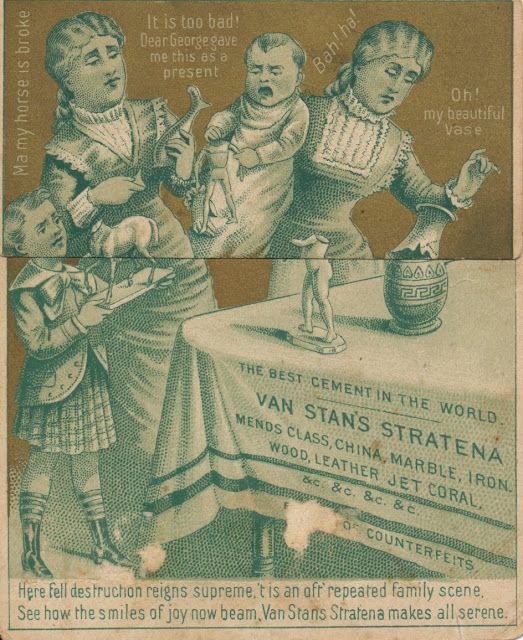I know this has been keeping you up at night. You toss and turn, wondering: "What is the difference between a streetcar, a trolley, a tram, a funicular, an interurban, and a cable car? Are they all the same?" Not quite, but there is a fair amount of overlap. Here are some basic definitions:
Trolley
All sorts of things are called trolleys today, but a lot of them aren't really trolleys. The word trolley comes from troller, the wheel at the end of a pole that collects current from an overhead wire to power the vehicle. As far as I'm concerned, if it doesn't have the overhead wire, it's not a trolley. Generally, trolleys also run on tracks, but there are exceptions. There are also trolleybuses (or trolley coaches), though not very many anymore. Here's a postcard of a trolley in Brisbane Australia.
Streetcar
A streetcar is a wheeled vehicle that operates on rails. It may also be a trolley, but not always. Many definitions specify that it is powered by electricity, but that's not necessarily the case. The first streetcars were pulled by horses, and there were also steam-powered streetcars. It is true though, that virtually all streetcars today operate on electricity. Streetcar is the word used by Americans; people in the U.K. and many other places around the world refer to them as trams. Here are streetcars (or trams) crossing the August Bridge in Dresden, Germany in about 1910.
Tram
A tram is the same as a streetcar, except that a tram can also be suspended from a cable, in which case it is an aerial tram. In this case, Americans call it a tram too, because it is quite clearly not a streetcar. Things get a a little tricky here though because an aerial tram is really also a cable car, although it is permanently affixed to the cable. (Gondolas are also aerial cable cars, but are not permanently affixed.) Here is a great photo by Tim Jewett of the aerial tram in Portland, Oregon.
Cable Car
Cable cars are propelled by a continuously moving cable, which is often underground in a slot between the two rails. The cable is powered at a powerhouse, these days using electric power, but in earlier days with steam. The cable car attaches to the cable with a grip, which is just like a big pair of pliers. In order to stop the car, the gripman releases the grip. When he wants to start again, he clamps it down.
A number of cities in addition to San Francisco had cable cars in the early years of streetcars. As far as I know, they were only used in cities with hills. In the days when streetcars were pulled by horses, the poor animals were often unable to pull a fully loaded streetcar up a hill. Cable cars overcame that problem, but when trolleys came along, they generally proved to be more efficient. Here's the cable car in San Francisco.
Funiculars or Incline Railways
So, what's the difference between a cable car and a funicular? Funiculars, like aerial trams, are generally attached to a cable, but they operate more like an elevator, with simultaneously ascending and descending cars counterbalancing one another. Also, funicular cars are often slanted to fit the grade. Cable cars are more likely to operate on streets, whereas funiculars have their own right of way. Here's a postcard of the Incline at lookout Mountain in Tennessee. The cars don't look like this anymore. This one looks a little like a bus; today's cars look like classic funicular cars.
Cog Railways
This is going a little off the subject, but I'll include it anyway. A cog railway usually has an engine and a passenger car. They are not linked together though; the engine merely pushes the car up the hill and brakes it on the way down. Unlike funiculars and cable cars, these cog railways produces the energy to ascend the incline, just like a train engine. The difference between a cog railway and a regular train is that the cog railway uses cogs to engage into a cog rack to provide it with traction for scaling steep slopes. A classic example is Jacob's Ladder in New Hampshire:
Here's a scary cog railway in Switzerland, but it runs on electricity:
Interurbans
Interurbans were sort of a blend between train and streetcar. As with streetcars, they traveled into towns on the main streets, but like trains, they also traveled on tracks through the countryside between cities. Interurbans were larger than streetcars and had greater horsepower, allowing them to exceed 60 miles per hour. Although they generally looked more like trains, they ran on electricity.
Here's another one in Massachusetts.
So, these are the definitions as I understand them. Let me know if you think I have missed something.



































